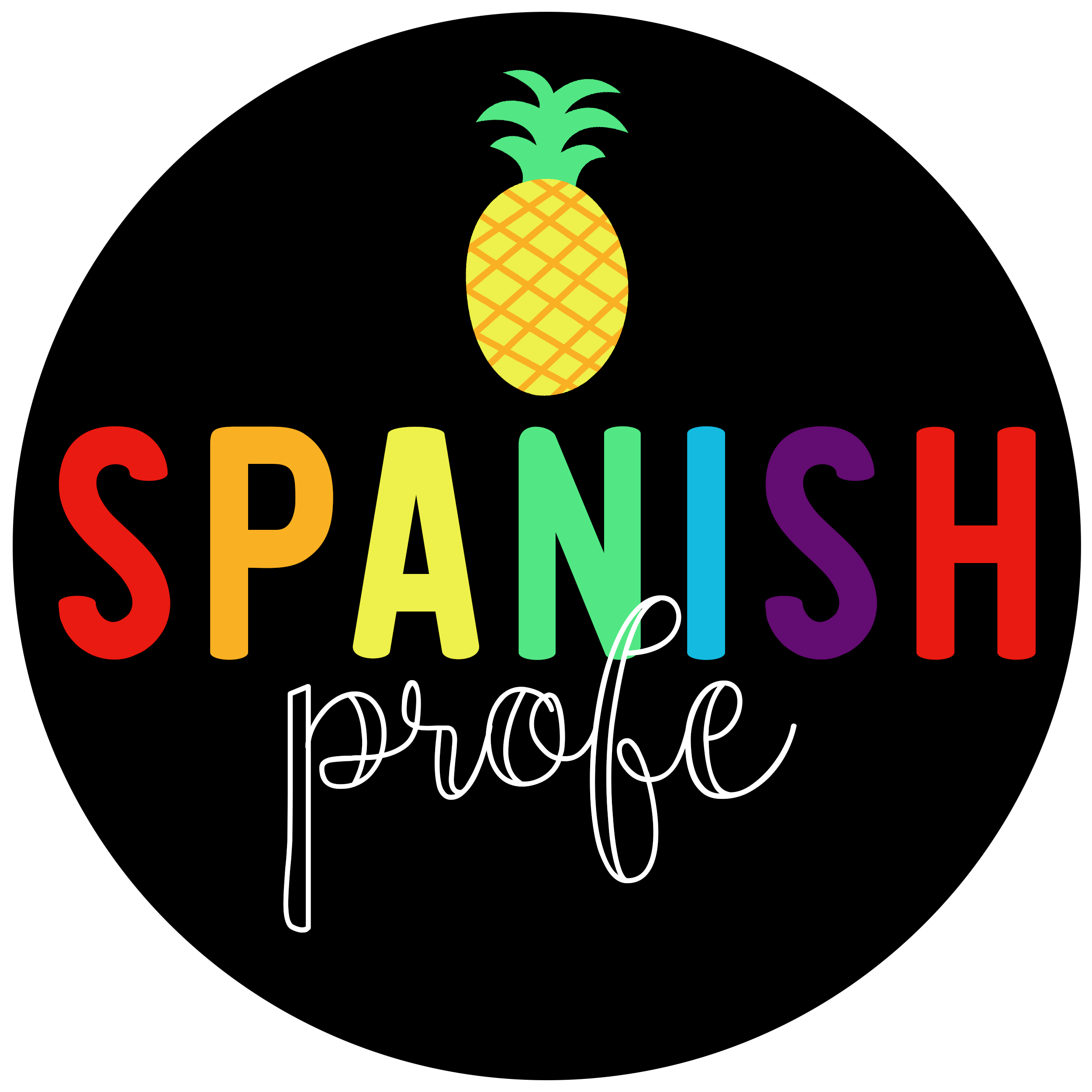
Having trouble getting students in your Spanish immersion kindergarten or first-grade class to write?
Often we (as bilingual educators) get stuck in our own heads thinking they don’t know Spanish—so how in world can they be expected to write in Spanish during centers or writers workshop if they know basically nothing in Spanish? Don’t worry! It isn’t as hard as you think.
Here are our top 4 ways to get your bilingual students writing from day 1 in your bilingual or immersion classroom.
1. Label things
If it is Kindergarten or just a reluctant writer, encourage them to draw a picture and then label the items available. If you have some themed or seasonal vocabulary sheets or flashcards that they can refer to this is also be helpful.
Students could also draw and they have you (the teacher or your bilingual assistant) label and then students could copy the word or one sentence below.
2. Comprehendible sentence stems
I often find the bilingual educators get stuck and think that students with limited language in Spanish can’t write… WRONG!! Make comprehensible sentence stems like…
________________________ es Amarillo/azul/rojo/etc.
________________________ es grande/pequeño.
(No) Me gusta _____________________.
Yo comí ______________________.
Yo fui a ________________________.
________ vive en la granja/zoológico/océano/etc.
El/La______________ nada.
El/La _____________ vuela.
The first few times the students will usually need a little bit more support. I usually start with color sentence stems as they are pretty concrete and give them a picture dictionary. To start I take 1 min to discuss with students what they are going to do and model things…. and find thing that are blue for example… I also point at things they aren’t blue to ensure they understand the concept.
3. Lists
This is another great activity for beginning writers, they could use picture dictionaries to writes lists of many different things for example;
• Fruits
• Vegetables
• Animals (with 2 feet, with 4 feet, with wings, that swim, that run fast, farm animals, pets, etc.)
• Things that are red/green/black/blue/etc.
• Things they want/have
• Things in the classroom/park/supermarket/hospital/house
• Big things/Small things
• Things they like to do or don’t like to do
After completing the list they could they could draw pictures next to or on the back of the sheet of paper.
4. Picture Dictionaries
Is the biggest help for emergent Spanish speakers or anyone that needs ideas or more vocabulary in order to write.
There are a great variety of picture dictionaries available in Spanish. In my classroom, students have their own picture dictionaries and they have access to other classroom sets. Picture dictionaries serve as a great tool to ensure that the students understand can connect that image to the word in the new language. You can make your own, or buy inexpensive ones from Amazon or Usborne.
In addition to using these four techniques; it is super important to encourage students with limited or low language abilities. I also do a lot of praise and tell them that they are great writers and give them the opportunity to share their work with partners or the class. Things like; “You are a great writer.” “You did it!” “Awesome writing!” “I told you you could write. Look at what a great job you did.”
Do you have any other favorite ways to get students with limited or developing language abilities writing in your Spanish immersion, bilingual or dual language classroom? Leave a comment and let us know!









